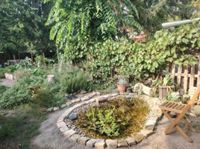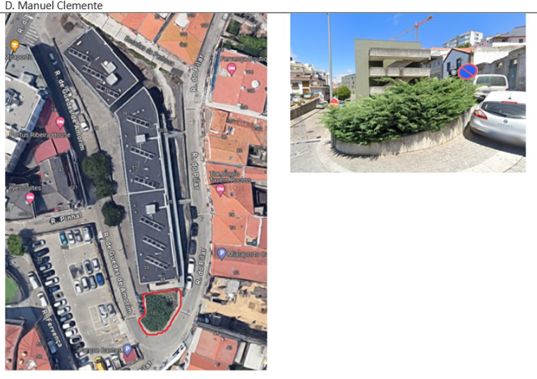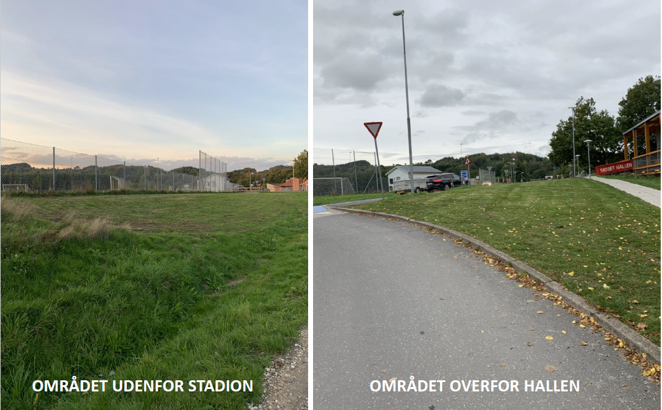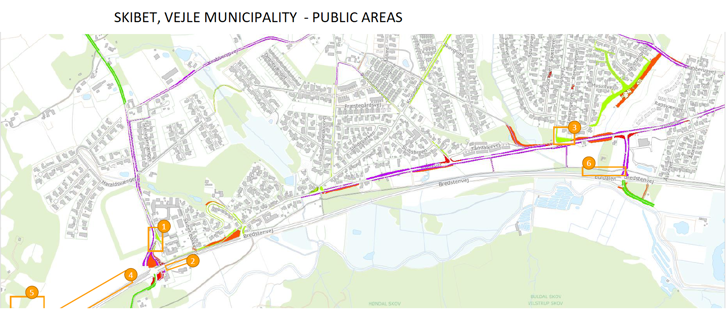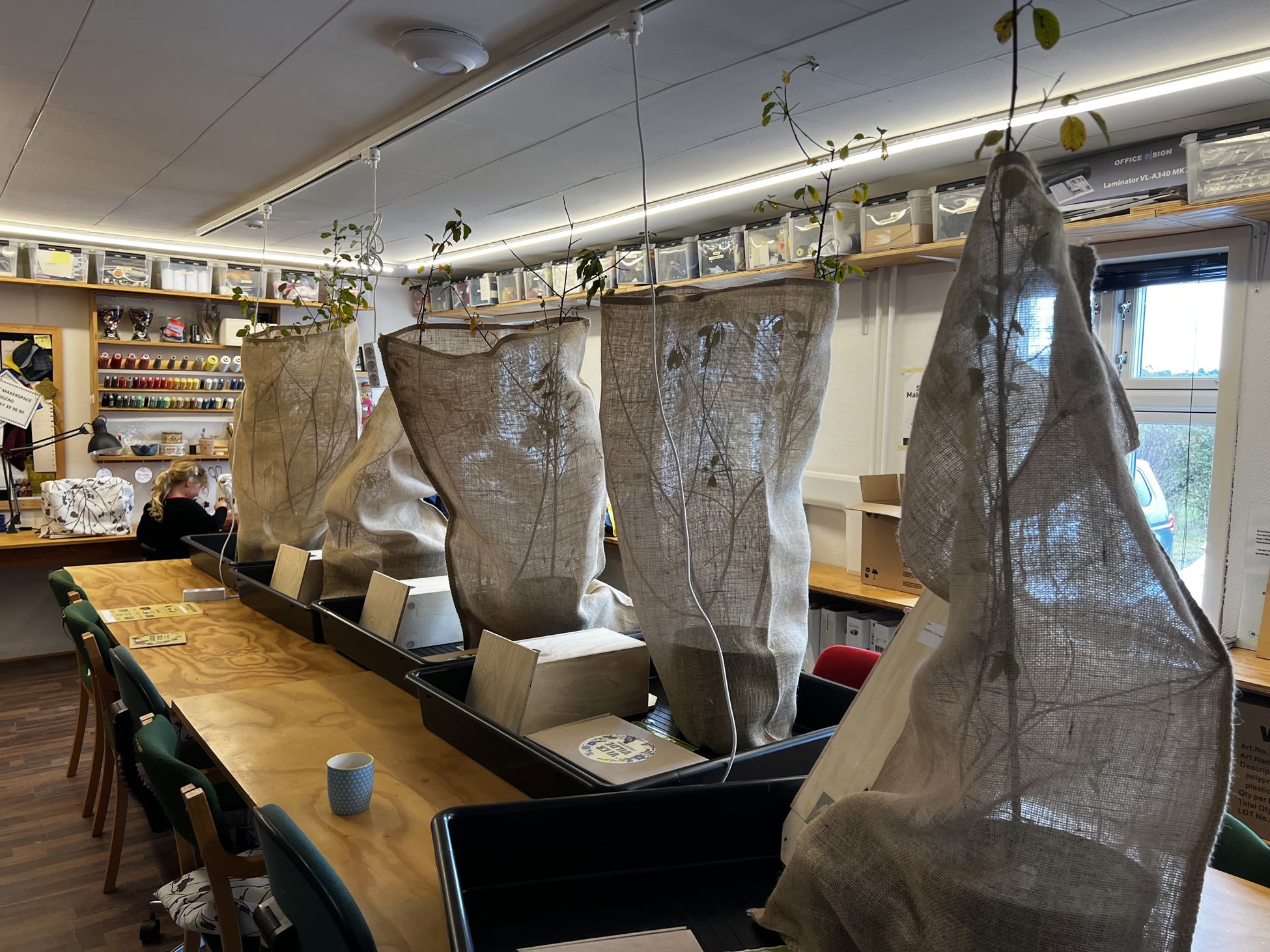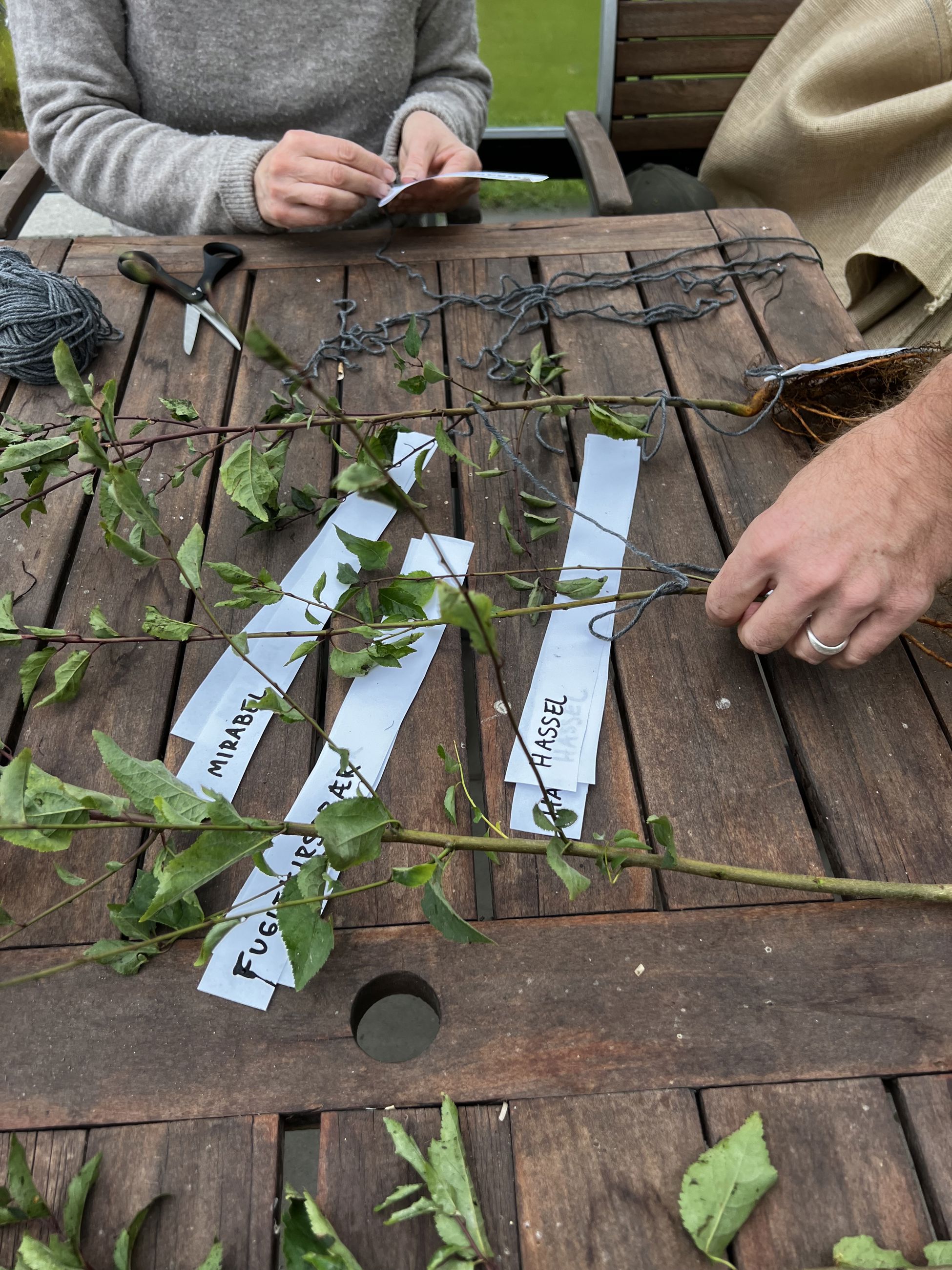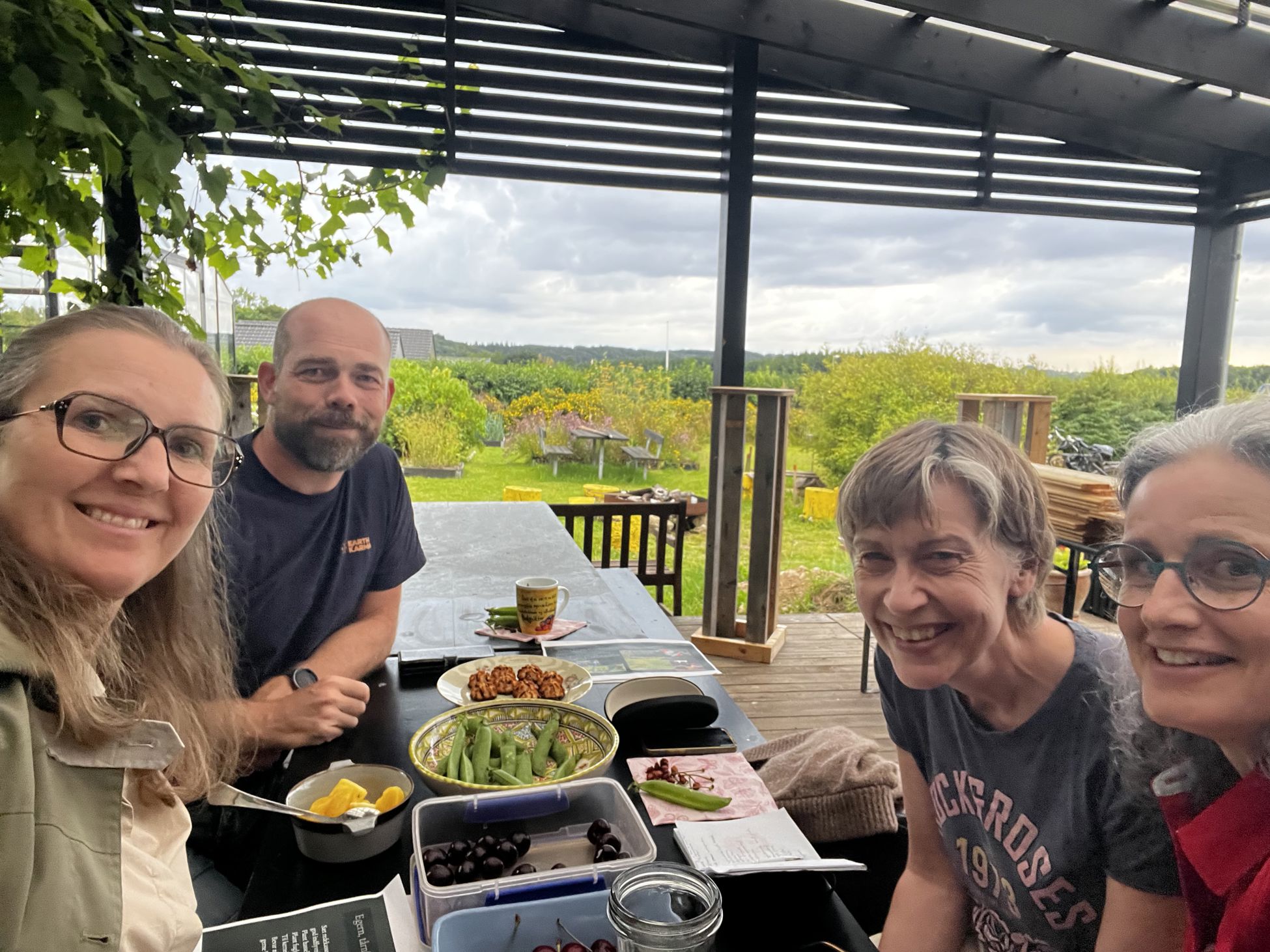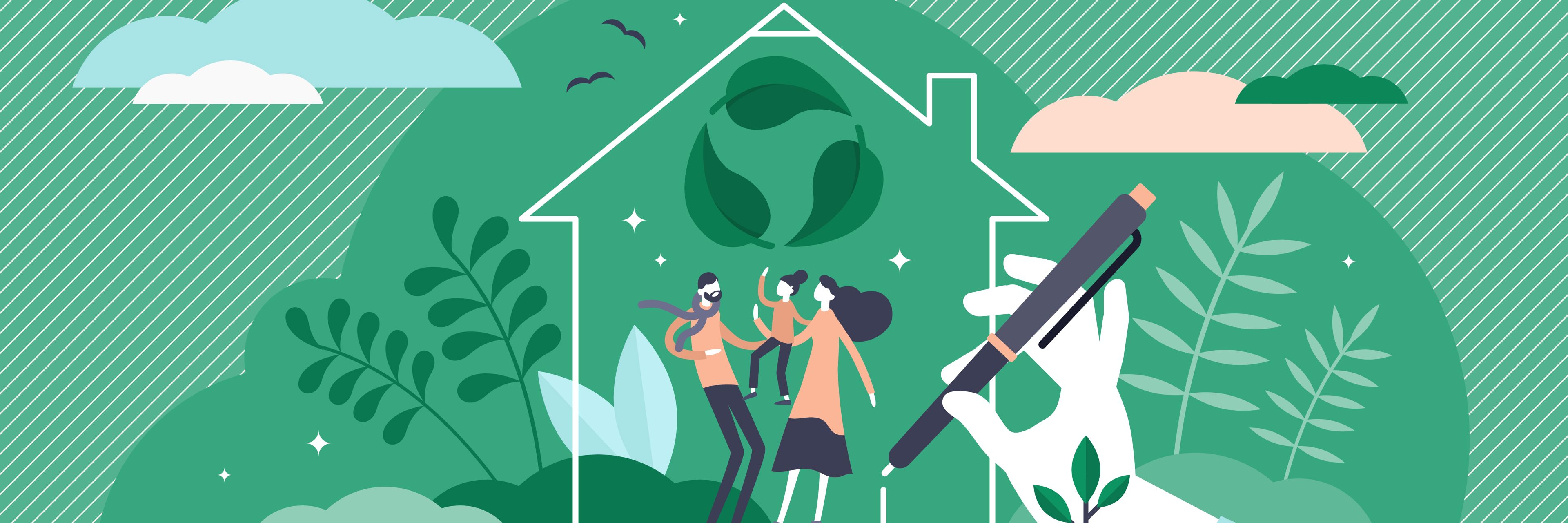
Local cases on co-creation of urban biodiversity
The case projects in the Co-Bio project focuses on enhancing biodiversity and promoting sustainable land use through collaboration between local communities, organizations, and municipalities.
The case projects in the Co-Bio project focuses on enhancing biodiversity and promoting sustainable land use through collaboration between local communities, organizations, and municipalities. By combining public and private efforts, the case projects aim to increase biodiversity, mitigate climate impacts, and improve urban green spaces.
Key aims:
- Creation of interconnected green corridors.
- Transformation of grasslands into flower meadows.
- Establishment of shared green spaces and small-scale forests.
These initiatives not only enhance biodiversity but also foster community engagement and resilience to climate change impacts.
Conclusion:
Through these five diverse local cases, WP5 demonstrates how collaborative efforts can lead to meaningful impacts on urban biodiversity. By connecting public and private stakeholders, the Co-Bio project inspires innovative solutions for greener, more sustainable communities.
Hungary
Location: It is part of the XIX. district in Budapest, called “Wekerletelep” (Wekerle estate), a unique garden suburb with many green areas.
GreenFormation collaborated with the Transition Wekerle civil organisation, the Kiserdő Association (Smallforest Association), the local community centre, and volunteers to implement actions that enhance biodiversity in Wekerletelep. Our aim was to encourage residents to take at least one nature-friendly, practical step—whether in private gardens, on balconies, or in communal green spaces—and to foster small-scale greening throughout the neighbourhood. To support these efforts, we offered practical ideas, tools, expert guidance, and community events.
We organised a programme of thematic events, including sessions on supporting urban wildlife, bird- and pollinator-friendly gardening, and bat and tree walks, designed to provide residents with concrete knowledge and inspiration to act.
To involve residents directly, we launched a children’s drawing competition highlighting urban wildlife, distributed wildflower seed packets to promote small pollinator patches across Wekerletelep, and provided bird and bat houses for installation at home.
In addition, we supported on-the-ground implementation. Two private gardens received tailored design advice through joint planning with a permaculture expert, making them more hospitable to local species. One garden now features a small pond that is already attracting wildlife. At a local school, three raised beds were created; pupils helped prepare the soil and planted with notable enthusiasm.
The partner organisations made significant contributions to the project’s success; their knowledge, motivation, and dedication were essential. Transition Wekerle brought the community together and, together with the Kiserdő Association, offered strong implementation ideas. The local community centre hosted our events and planted pollinator-friendly plants. Collaboration with the local school proved valuable; the pupils’ engagement in planting highlights the importance of involving younger generations, who show strong interest and care.
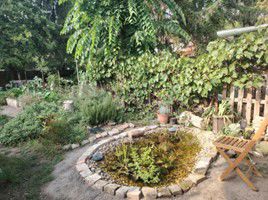
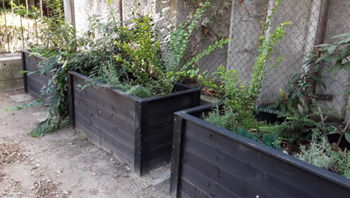
Portugal
The GAIA Tiny Forests project focuses on developing local cases in the Perosinho and D. Manuel Clemente neighbourhoods in the district of Porto. It aims to build on strengths such as community involvement and address weaknesses such as the lack of a strategic biodiversity plan in these two neighbourhoods. Opportunities lie in the political interest and collaboration with the company Gaiurb, the municipality of Vila Nova de Gaia and the involvement of the local community. The project includes strategic planning, local interventions and initiatives to raise awareness and promote urban biodiversity.
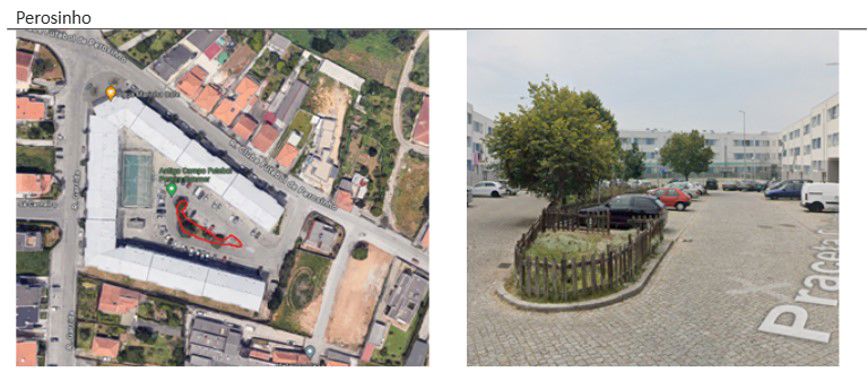
Local case areas
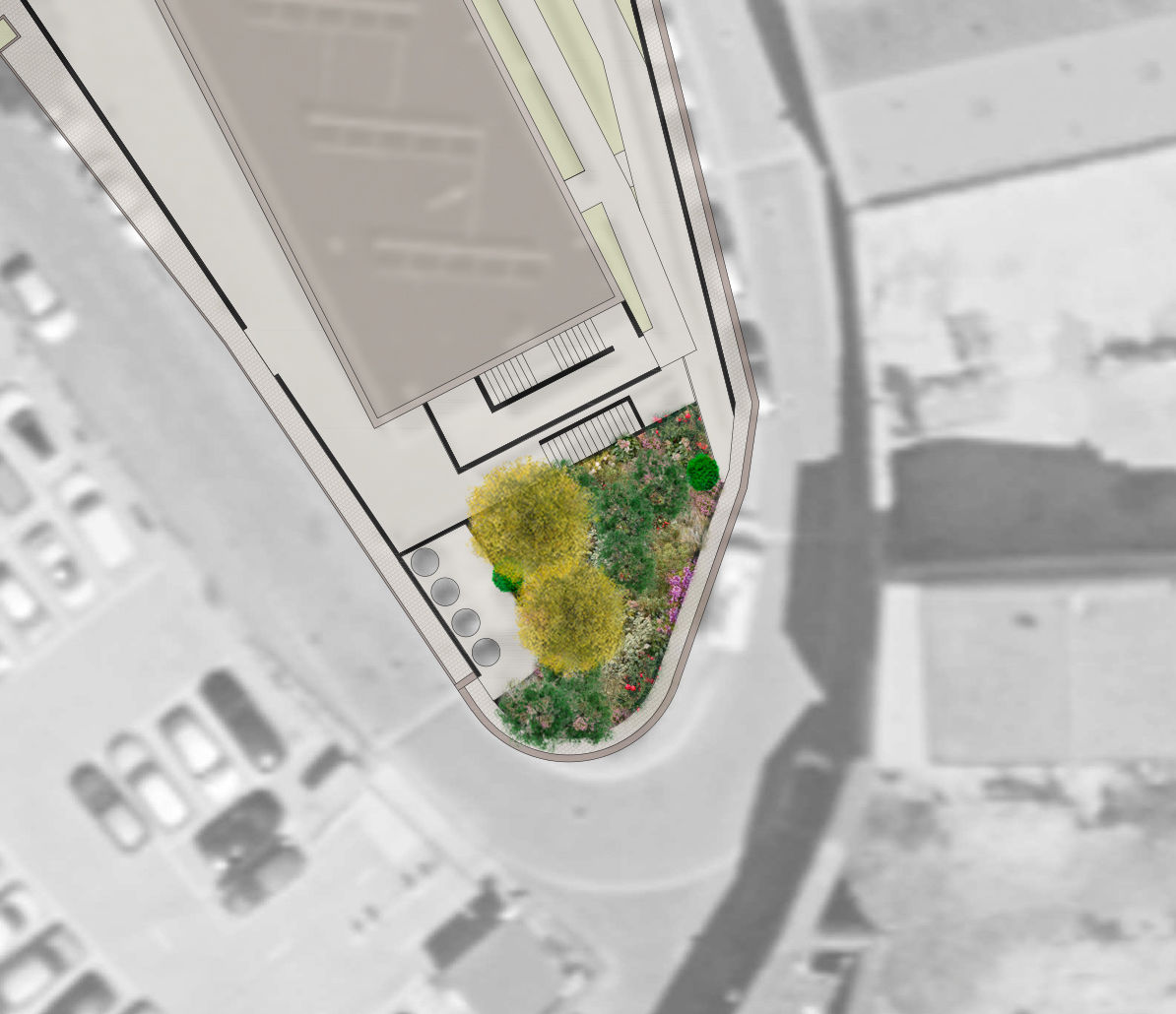
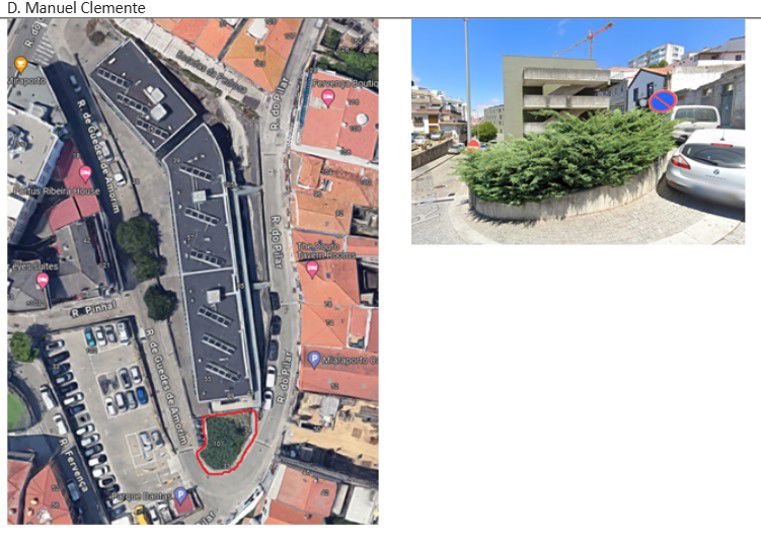
Case report
Greece
Sowing the Seeds of Change: A Community Unites for Urban Biodiversity
In Plataies, where green spaces are precious havens, a small revolution took root in a local schoolyard. An inspiring "Action for Urban Biodiversity" brought together 44 students and 8 adults, not just to plant trees, but to cultivate a shared sense of responsibility for their urban environment.
A Spark of Awareness
The day began with a simple conversation that held a powerful message. Participants gathered to discuss urban biodiversity—the web of life that thrives even among concrete and steel—and why it is vital for a healthy city. They talked about the challenges Athens faces, from relentless construction to the pressures of climate change and water scarcity. But far from being discouraged, the group focused on solutions, sparking excitement around the ideas of co-creation and co-stewardship. The core belief was clear: the community itself holds the key to creating and caring for its own green habitats.
Young Voices for Nature
The students, the future stewards of the city, were then invited to share their own perspectives. Armed with colorful post-it notes, they answered two vital questions: "Why is nature in our city important?" and "What local plant or animal do you love?" Their thoughtful responses showcased a profound connection to the local ecosystem, turning abstract concepts into personal feelings and firm beliefs.
The energy grew with a playful challenge—a game of "Hangman" with an ecological twist! Through clever riddles, the children worked together to uncover the names of two of the region's rare, endemic species: the majestic Cephalonian Fir and the fiery-bellied Black Redstart bird. Laughter and learning filled the air as they solved clues like, "On a large island, high in the mountains, lives a tree with shiny leaves," transforming a simple game into a memorable lesson on local natural heritage.
Hands in the Earth, Hearts in the Community
The event reached its peak as everyone—students, teachers, and parents—moved outdoors. With hands in the soil, they worked side-by-side to plant a variety of native species, physically transforming a corner of their schoolyard into a new home for urban biodiversity. This act of planting was more than just gardening; it was a hands-on demonstration of co-creation, a collective effort to build something beautiful and lasting. The responsibility for nurturing these new plants was proudly passed to the students, empowering them with an ongoing role in their environment's future.
A Promise for Tomorrow
As the day drew to a close, the community gathered for one final, symbolic act. In a shared moment of commitment, they made a collective promise to care for their new green space. Each person wrote a personal pledge on a post-it note—a tangible commitment to their shared future. Notes reading, "I will take on watering them every Tuesday!" and "I will make sure others don't throw trash there," were powerful testaments to the day's impact.
This was more than just an event; it was the beginning of a story. A story of a community forging a stronger bond with nature and with each other, creating a legacy of care, and proving that even the smallest actions can sow the seeds for a greener, more vibrant future.
Next Steps
The Athens Lifelong Learning Institute, by the end of the project, will implement more activities. Another pilot case is set to take place in the city of Megara, as well as in the city of Athens. More updates are set to take place.
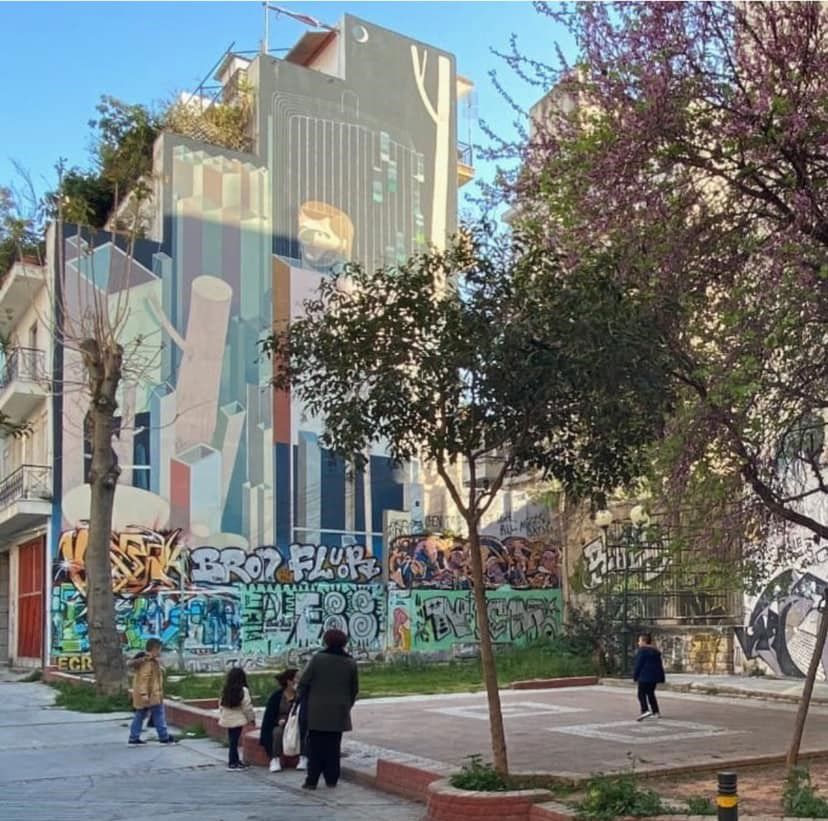
Local case area

Local case area
Italy
The Biodiversity Garden at Euromadonie Roccella, Palermo
Background
The Euromadonie Roccella initiative in Palermo represents a flagship case study developed under CESIE’s best practice framework, where environmental sustainability, education, and community engagement converge. At its heart lies the Biodiversity Garden—a living laboratory designed to preserve native flora, promote ecological awareness, and strengthen the connection between people and their natural surroundings.
Objectives
The main objectives of the case were:
- To conserve and showcase endemic and rare plant species native to Sicily.
- To integrate biodiversity into the daily lives of the local community through interactive learning.
- To create a multifunctional space that fosters education, research, and recreation.
- To strengthen pollinator habitats and ecological balance in the area.
Process & Activities
The development of the Biodiversity Garden followed a participatory and multi-stage process:
Research & Planning
- A team of botanists and environmental experts conducted studies to identify species best suited for both conservation and educational purposes.
- Mapping of traditional Mediterranean cultivations alongside endemic plants ensured both cultural and ecological relevance.
Community Involvement
- Local schools, residents, and volunteers were invited to co-create the space through planting days, workshops, and storytelling sessions.
- Training activities empowered citizens to act as stewards of biodiversity, reinforcing CESIE’s commitment to grassroots participation.
Implementation
- The garden was designed as a mosaic of thematic plots—medicinal herbs, pollinator plants, aromatic shrubs, and native trees.
- Paths and interpretive signage were introduced to create an immersive learning environment.
Educational Activities
- Outdoor classrooms were established, hosting seminars, guided tours, and hands-on activities for schools and universities.
- Interactive workshops on composting, seed saving, and sustainable cultivation practices bridged scientific knowledge with traditional wisdom.
Ongoing Stewardship
- Local botanists and community groups continue to care for the garden, ensuring it evolves with seasonal cycles.
- The site doubles as a monitoring space for biodiversity, with data collected on plant resilience and pollinator populations.
Outcomes
- The Biodiversity Garden became a model of ecological best practice, demonstrating how cultural identity and biodiversity conservation can coexist.
- It fostered a stronger sense of belonging among local communities, who see the garden as both a public space and a shared responsibility.
- Educational impact was significant, with increased awareness among young generations about biodiversity, sustainability, and local heritage.
- The initiative strengthened Palermo’s position as a hub of innovative, community-driven environmental projects.
Conclusion
The CESIE best practice case at Euromadonie Roccella illustrates how biodiversity initiatives can go beyond conservation to become powerful tools for social cohesion, education, and sustainable development. The Biodiversity Garden stands as a living, evolving testament to the resilience of nature and the collective power of communities to nurture and protect it.
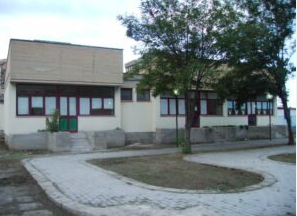
Local case area

Local case area
Denmark
In Skibet, a village near Vejle, Denmark, citizens and the municipality are working together to strengthen local biodiversity through co-creation. The initiative builds on a climate partnership agreement, where biodiversity was chosen as one of three main focus areas.
From the start, co-creation has been central: open workshops gathered local ideas, and a volunteer group of 13 residents formed to continue the work. The group has met regularly to exchange knowledge, visit each other’s gardens, and develop ideas ranging from a Green Masterplan to small-scale actions.
One of the most tangible results is the “Wild Start” biodiversity boxes – inspired by meal kits, but filled with plants, seeds, and materials that make it easy to create habitats for wildlife. The boxes were co-created by local volunteers and will now be tested in 15 households with different garden types.
The Skibet case shows how co-creation can mobilize citizens, generate innovative ideas, and translate them into practical solutions. It demonstrates the power of local partnerships to inspire action on biodiversity while contributing valuable learning to the wider Co-Bio project.

Potential areas mapped for urban biodiversity initiatives
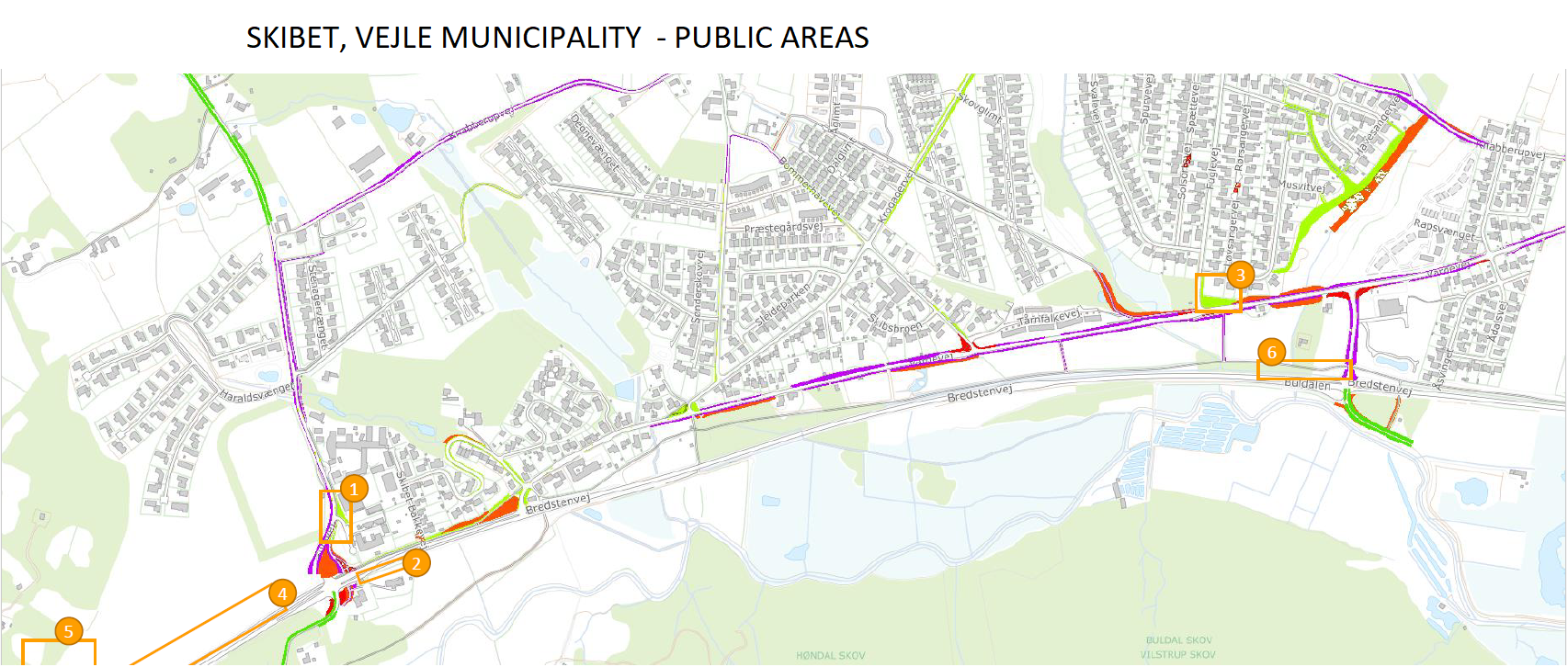
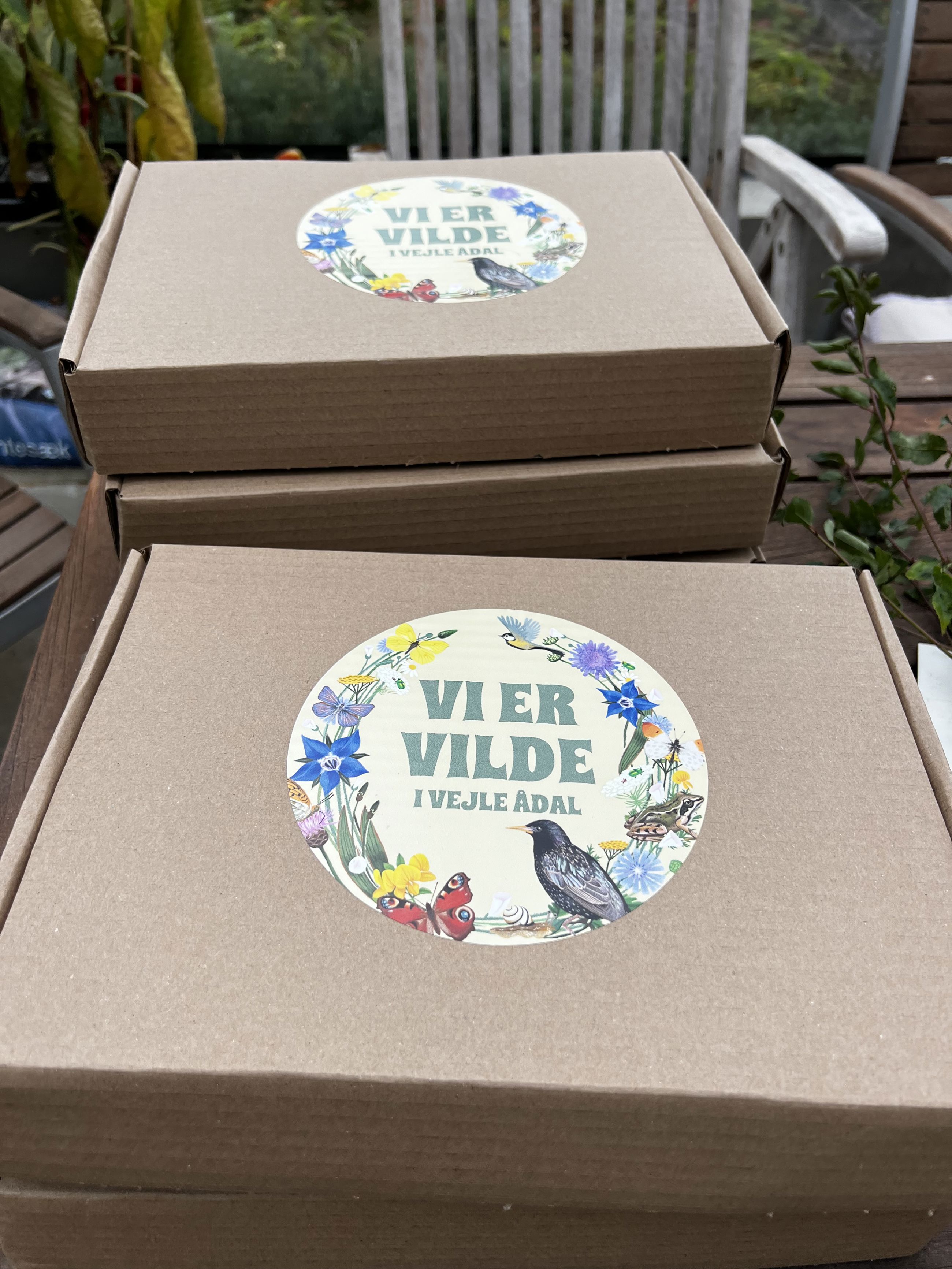
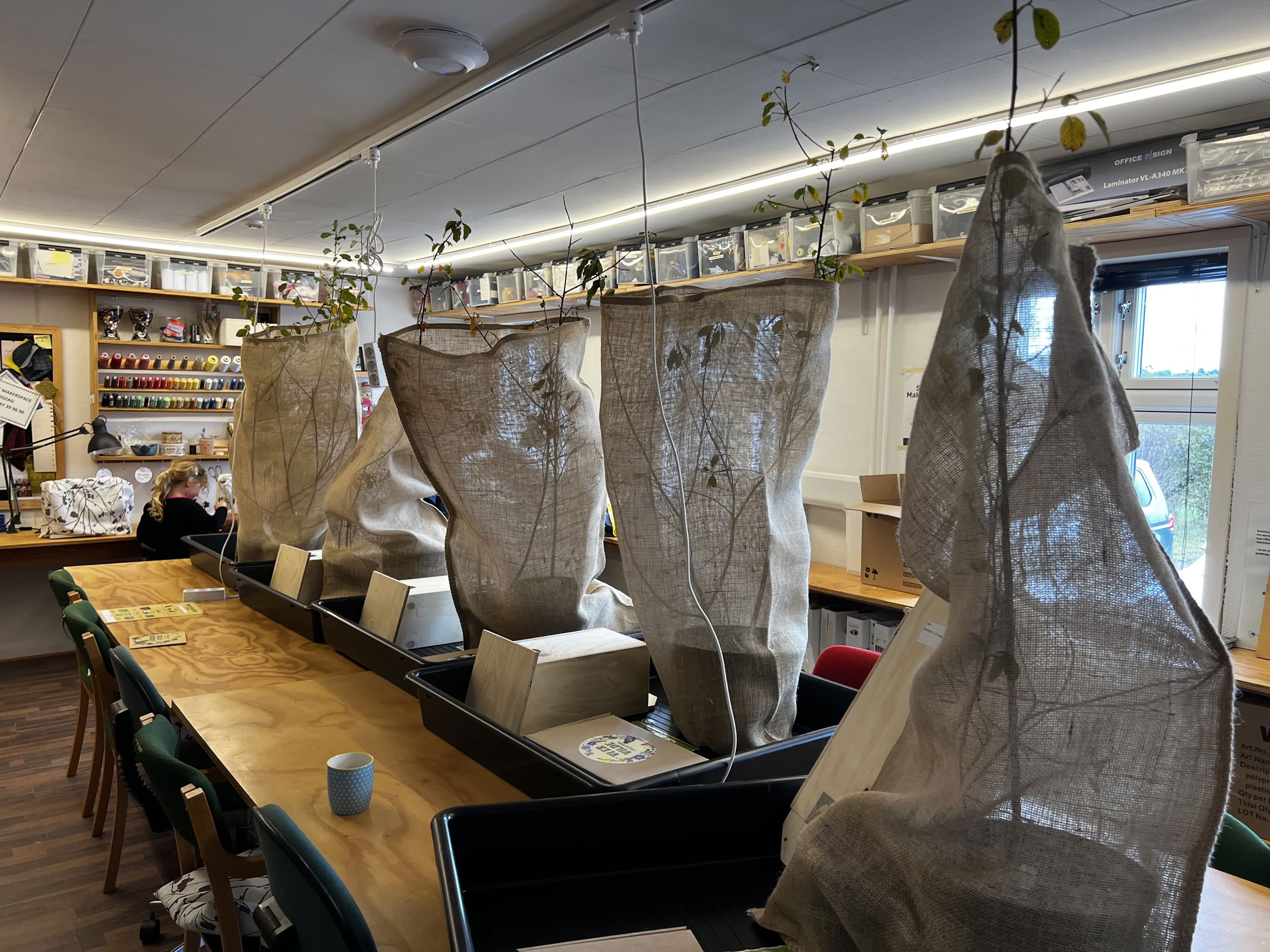
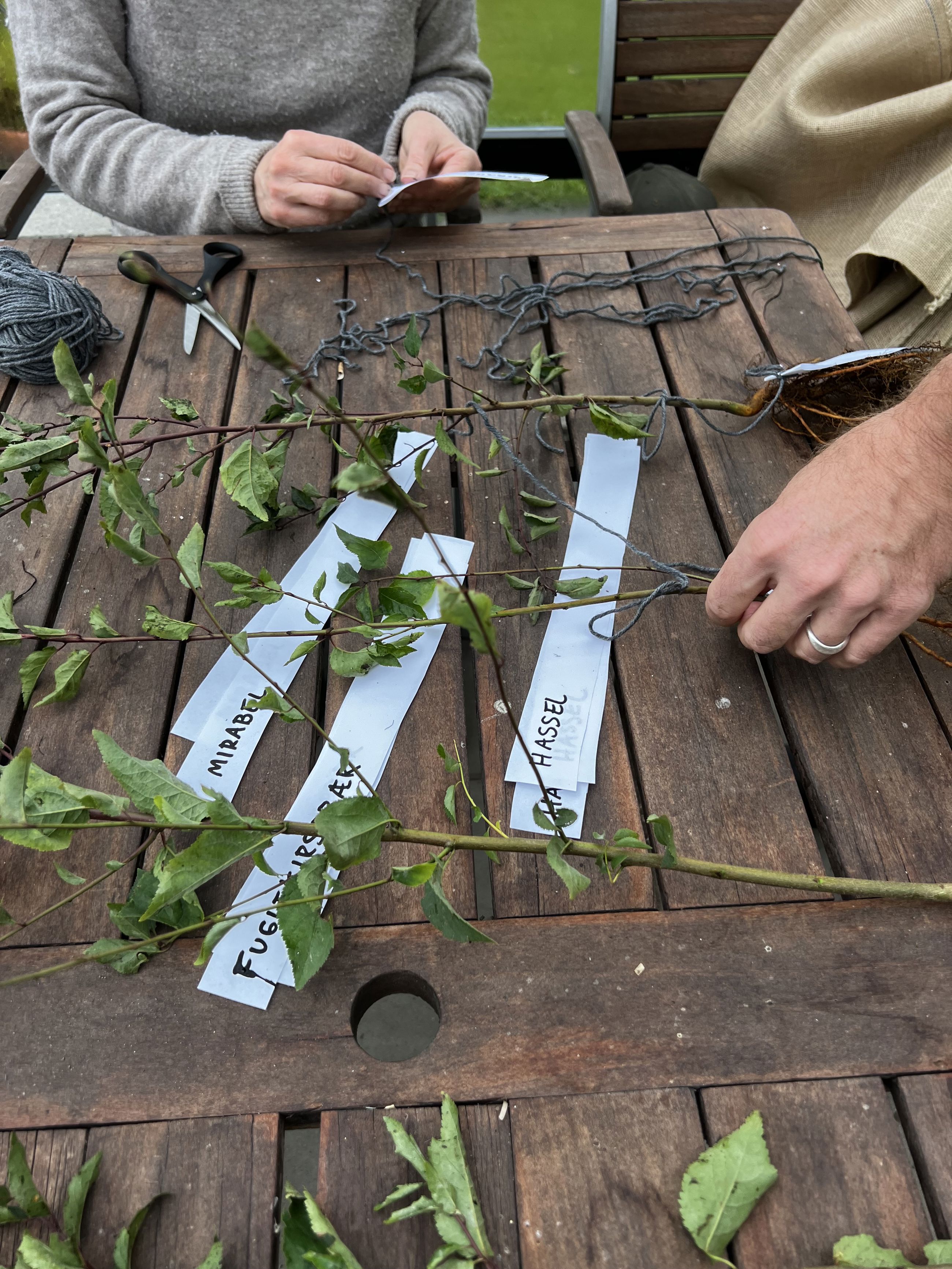
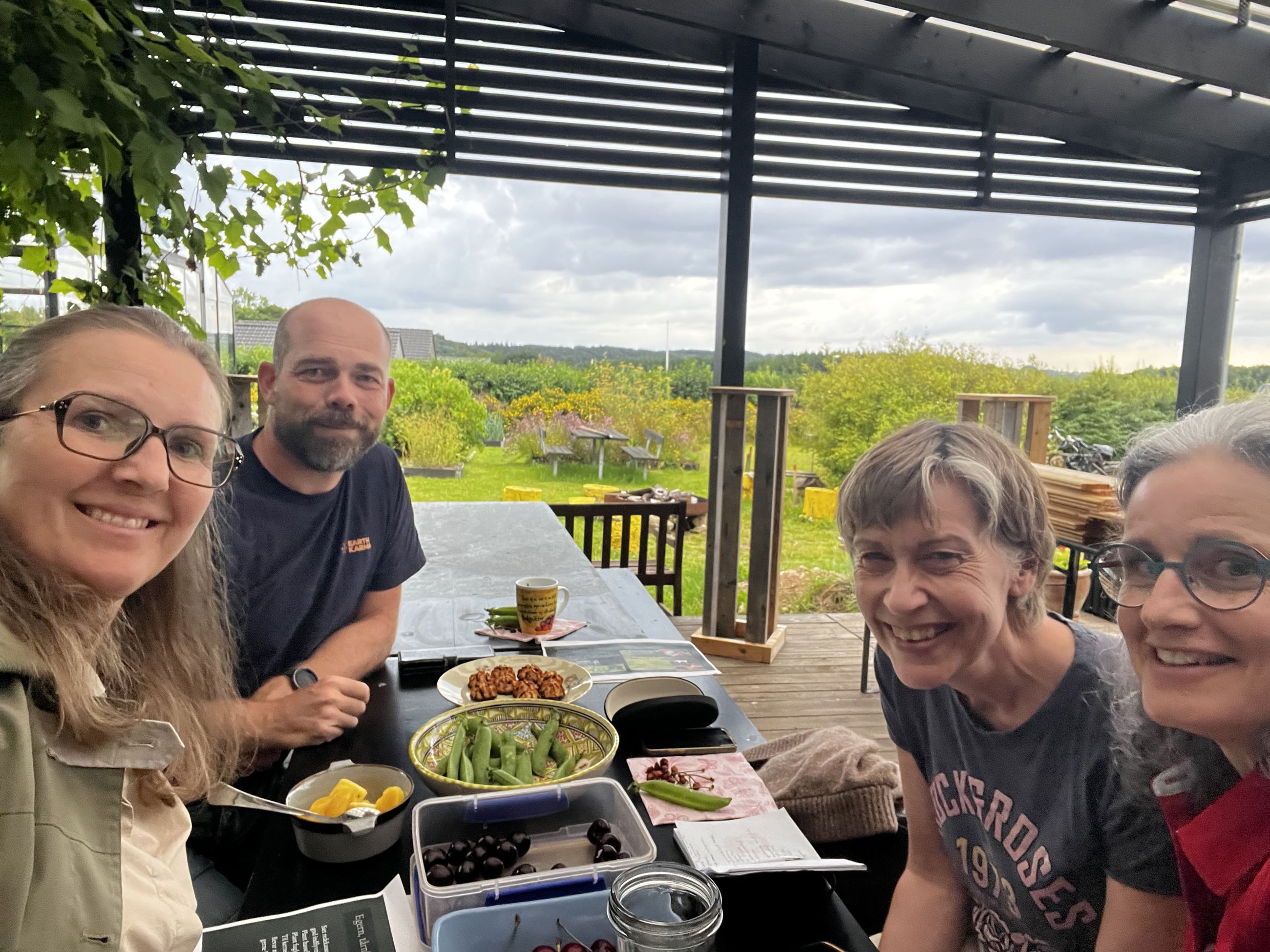
Video about the Danish case - English version
Video about the Danish case - Danish version
Austria
Biodiversify UBB: Urban renaturation, community and habitecture
Öko Campus Wien is a young association working on biodiversity in urban areas since 2021 and safeguarding local species and habitats on different campus sites of the University of Vienna and beyond. The project Co-Bio helped Öko Campus Wien to develop the UBB Campus towards a more green and biodiverse space. The site is located at Djerassiplatz, which was the main location in the local case In Austria besides the main campus of the University of Vienna (Spitalgasse 2), where as well some activities have been taking place.
Biodiversify UBB
Since November 2024 there have been regular meetings taking place at the Campus of the University of Biology Building at St. Marx (UBB), 1030 Vienna. A closeby area managed by the social housing company ÖSW with a size of 80square meters has been redesigned within the project and in total 170 square meters size are project area with different measures. Additionally 10 nesting boxes for swifts have been implemented and three raised beds have been installed at the university yard. Throughout 2025 a lot of different habitat structures have been set up within the process of Co-Bio in St. Marx, Vienna. Within the project there has as well been an invasive neophytes-action day taking place in collaboration with the Vienna Forestry Office. In this workshop Ailanthus altissima was injected with a native funghi in the closeby city forest “Stadtwildnis”. The community aspect was quite important in this project and the group of participants grew throughout the project. There have been community meetings included in working days to sustain the community.
From winter activities like planting geophytes and a process of analysing what habitats can be developed at the site in a workshop, we first took out the existing monoculture at the site to bring in more biodiversity. At the southern orientated side, there was a pannonic area established with a lot of open soil for wild bees and vertical nesting structures. The northern part has been planted with native shrubs and bushes, so that a different microclimate can evolve and birds find interesting nesting spots and hideouts as well there in the future. In the east of the area there was a sand pit installed as a specific wild bee habitat together with a small dry stone wall with sand fill for insects. The western area of the plot was planted with edible berry bushes, so that students on campus can snack fresh fruits and they are easily accessible to students sitting on the adjacent wall.
The international network meeting of the University Initiatives for Biodiversity in Vienna was part of Co-Bio and all about Co-Creation and Biodiversity, as well as about developing the network further. After summer 10 professional nesting boxes for swifts have been hanged on the building of the University. Another key activity was the setup of 3 raised beds directly at the UBB Campus by project participants. The raised metal beds have been mounted and filled with soil and plants, so that the Campus is greener and more biodiverse. The raised beds have been planted with herbs, strawberries and resilient flowers that will feed pollinators and offer edible plants for the campus users. There have been scythe mowing actions, planting days and workshops, insect habitecture workshops and community gatherings with food and drinks throughout the project so far. The plan is to continue working on the site and develop it further together, with community action days as throughout the project.
Within the Austrian case Öko Campus Wien was able to set up a new biodiverse area and stepstone-habitat structures and maintain them, the plan is to as well care for these sites in the future to make the project truly sustainable. Groups involved have been: Biology Student Council, Student Union of the University of Vienna, Network of University Initiatives for Biodiversity, Kindergarden, Students, Botanical Garden of the University of Vienna, the Department of Biology and last but not least members of Öko Campus Wien.
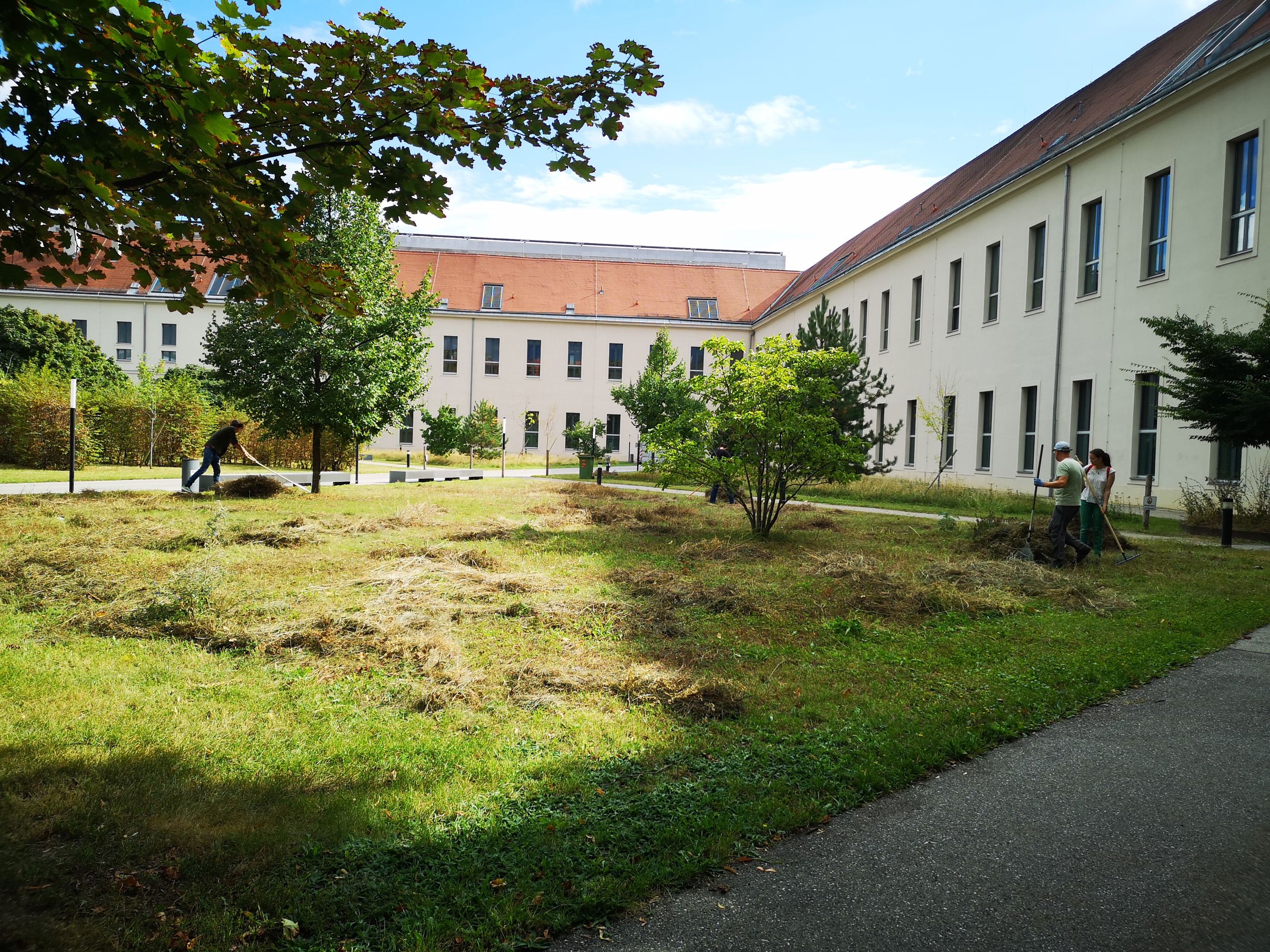
Local case area

Local case area

